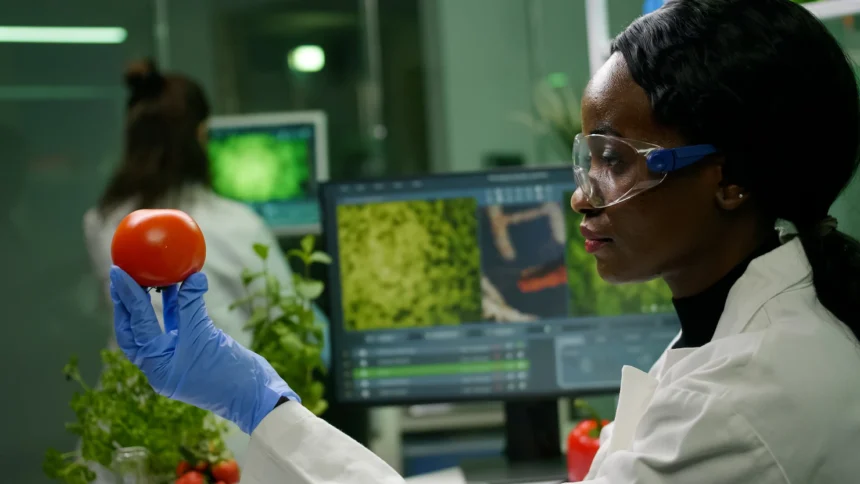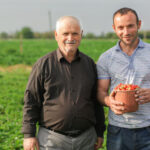Food product development and innovation involve the creation and improvement of food products to meet the needs and desires of consumers while considering factors such as taste, nutrition, safety, and market trends. It is a multidisciplinary process that requires creativity, scientific knowledge, and an understanding of consumer preferences. Here are some key aspects to understand about food product development and innovation:
- Market Research: The process begins with market research to identify consumer needs, preferences, and emerging trends. This includes analyzing consumer demographics, conducting surveys, and studying market data to identify gaps or opportunities for new food products.
- Idea Generation: Based on market research, ideas for new food products or improvements to existing ones are generated. This can involve brainstorming sessions, consumer feedback, and collaboration among food scientists, chefs, marketers, and other professionals.
- Concept Development: Once a promising idea is generated, it is further developed into a concept. This involves defining the product’s unique selling points, target market, and positioning. The concept may include aspects such as packaging, branding, and pricing.
- Formulation and Testing: The next step is to develop a prototype or formulation of the food product. Food scientists and technologists work on creating recipes, optimizing ingredients, and conducting experiments to ensure the desired taste, texture, and shelf life. Various iterations of the product may be tested, and feedback from sensory panels or consumer panels is collected.
- Safety and Regulatory Compliance: During the development process, it is crucial to consider food safety regulations and compliance with labeling requirements. Food products need to meet standards for quality, nutrition, and microbiological safety. This involves working closely with regulatory agencies and conducting appropriate testing and analysis.
- Scaling Up and Production: Once the product formulation is finalized, it is scaled up for mass production. This involves working with suppliers, manufacturers, and packaging companies to ensure consistent quality, cost-effective production, and efficient distribution.
- Marketing and Launch: A comprehensive marketing strategy is developed to create awareness and generate demand for the new food product. This may include advertising, promotions, social media campaigns, and collaborations with retailers or foodservice establishments. The product is launched in the market, and consumer feedback is collected to further refine the product or develop additional variations.
- Continuous Improvement: Food product development is an ongoing process that requires continuous improvement and adaptation to changing consumer preferences, market trends, and technological advancements. Feedback from consumers, sales data, and market research are used to refine the product and identify opportunities for innovation.
Throughout the entire process, collaboration between various stakeholders such as food scientists, chefs, marketers, and consumers is crucial. Innovation in food product development involves not only creating new products but also improving existing ones by incorporating novel ingredients, enhancing nutritional profiles, or adopting sustainable practices.







